Using an oscillator, I want to provide a square wave input to the second opamp circuit shown in this TI application note (but using IC741 instead.) The problem lies in the s domain:
I get a voltage input of \$\dfrac{1}{(s^s+as+c)}\$ at the non-inverting port, which is a decaying signal and I want an attenuated signal.
Also, I cannot seem to understand what C2 is used for, it just seems to contribute to KCL?
